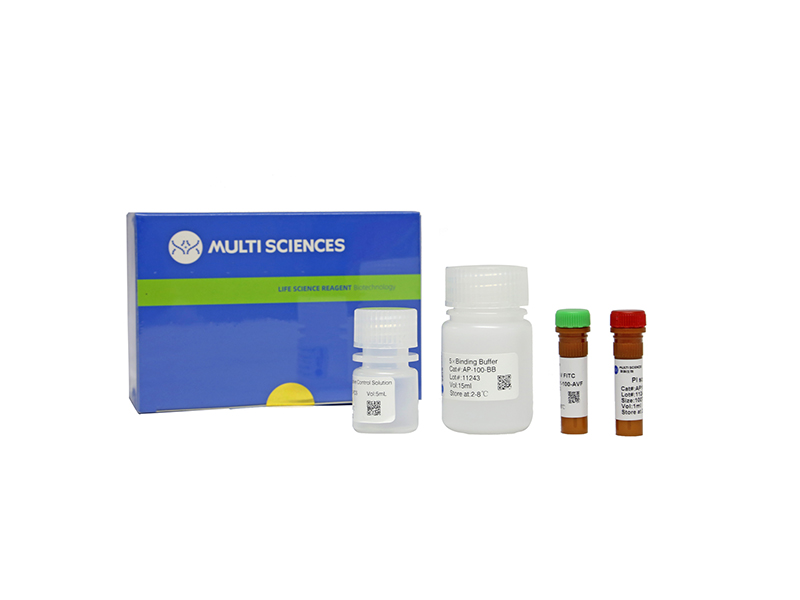Zoledronic acid (ZA), which is one of the most potent and efficacious bisphosphonates, has been commonly used in clinical practice for the treatment of various bone disorders. The extensive use of ZA has been associated with increasing occurrence of jaw complications, now known as bisphosphonate?associated osteonecrosis of the jaw (BRONJ). However, the mechanism underlying BRONJ remains to be fully elucidated. The aim of the present study was to investigate the effects of different concentrations of ZA on the MC3T3?E1 murine preosteoblast cell line cells and examine the possible pathogenesis of BRONJ. In the present study, the effect of ZA on the viability, apoptosis, differentiation and maturation of MC3T3?E1 cells, as well as its relevant molecular mechanism, were examined The results of a Cell Counting Kit 8 assay, a flow cytometric Annexin?V/propidium iodide assay and western blot analysis demonstrated that ZA exhibited a significant inhibition of cell viability and induction of apoptosis at concentrations >10 ?M. Subsequently, the effect of ZA on cell differentiation at concentrations <1 ?M were investigated. In this condition, ZA inhibited bone nodule formation and decreased the activity of alkaline phosphatase. The results of reverse transcription-quantitative polymerase chain reaction and western blot analyses indicated that ZA downregulated the expression levels of the marker genes and proteins associated with osteogenic differentiation. Further investigation revealed that the suppression of differentiation by ZA was associated with decreased expression of bone morphogenetic protein?2 (BMP?2) and downregulation of the phosphorylation levels in the downstream extracellular signal?regulated kinase 1/2 and p38 pathways. These adverse effects of ZA were observed to be concentration?dependent. The results from the present study suggested that ZA at higher concentrations induces cytotoxicity towards osteoblasts, and ZA at lower concentrations suppresses osteoblast differentiation by downregulation of BMP-2. These results assist in further understanding the mechanisms of BRONJ.
文章引用产品
-
-
- AP101
- 凋亡试剂盒
Annexin V-FITC/PI Apoptosis Kit(适用于除C6以外的流式细胞仪)
-
¥630.00 – ¥1,280.00
-
- AP101
- 凋亡试剂盒
Annexin V-FITC/PI Apoptosis Kit(适用于除C6以外的流式细胞仪)
- ¥630.00 – ¥1,280.00



